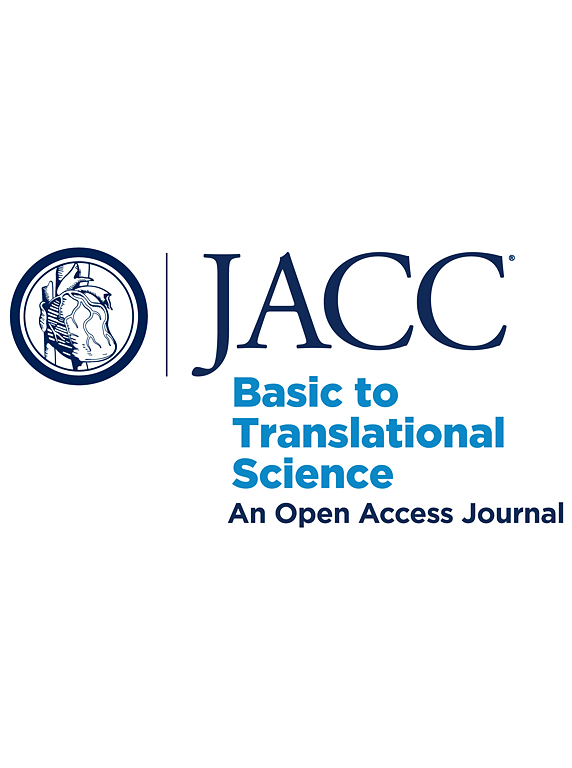The Cardiohepatic Axis in Metabolic Disease
IF 8.4
1区 医学
Q1 CARDIAC & CARDIOVASCULAR SYSTEMS
引用次数: 0
Abstract
Heart and liver metabolic diseases often coexist because of local and systemic disorders that affect both organs via cardio-hepatic interactions. Here, we discuss the emerging evidence of organ crosstalk during cardiometabolic disease with an emphasis on the liver-to-heart axis. We highlight potential mechanisms by which metabolic dysfunction-associated steatotic liver disease contributes to cardiovascular complications. Metabolic dysfunction-associated steatotic liver disease, particularly its inflammatory entity, leads to the production of liver-derived secretory factors that regulate cardiac metabolism, inflammation, and remodeling. Thus, secreted hepatic factors represent an important mechanism of communication between the liver and heart during cardiometabolic disease. In addition to the direct crosstalk between organs, we argue that bone marrow reprogramming and clonal hematopoiesis of indeterminate potential are shared mechanisms of systemic inflammation that regulate the heart–liver axis during cardiometabolic disease. Thus, integrated cardiometabolic strategies hold a significant potential to bridge the gap between liver and cardiovascular health to improve patient outcomes.
代谢性疾病中的心肝轴
心脏和肝脏代谢疾病经常共存,因为局部和全身性疾病通过心肝相互作用影响两个器官。在这里,我们讨论了心脏代谢疾病中器官串扰的新证据,重点是肝脏到心脏轴。我们强调代谢功能障碍相关的脂肪变性肝病导致心血管并发症的潜在机制。代谢功能障碍相关的脂肪变性肝病,特别是其炎症实体,导致肝源性分泌因子的产生,这些因子调节心脏代谢、炎症和重塑。因此,在心脏代谢疾病期间,分泌的肝脏因子代表了肝脏和心脏之间沟通的重要机制。除了器官之间的直接串音外,我们认为骨髓重编程和潜力不确定的克隆造血是在心脏代谢疾病期间调节心脏-肝轴的系统性炎症的共同机制。因此,综合的心脏代谢策略在弥合肝脏和心血管健康之间的差距以改善患者预后方面具有重要的潜力。
本文章由计算机程序翻译,如有差异,请以英文原文为准。
求助全文
约1分钟内获得全文
求助全文
来源期刊

JACC: Basic to Translational Science
CARDIAC & CARDIOVASCULAR SYSTEMS-
CiteScore
14.20
自引率
1.00%
发文量
161
审稿时长
16 weeks
期刊介绍:
JACC: Basic to Translational Science is an open access journal that is part of the renowned Journal of the American College of Cardiology (JACC). It focuses on advancing the field of Translational Cardiovascular Medicine and aims to accelerate the translation of new scientific discoveries into therapies that improve outcomes for patients with or at risk for Cardiovascular Disease. The journal covers thematic areas such as pre-clinical research, clinical trials, personalized medicine, novel drugs, devices, and biologics, proteomics, genomics, and metabolomics, as well as early phase clinical trial methodology.
 求助内容:
求助内容: 应助结果提醒方式:
应助结果提醒方式:


